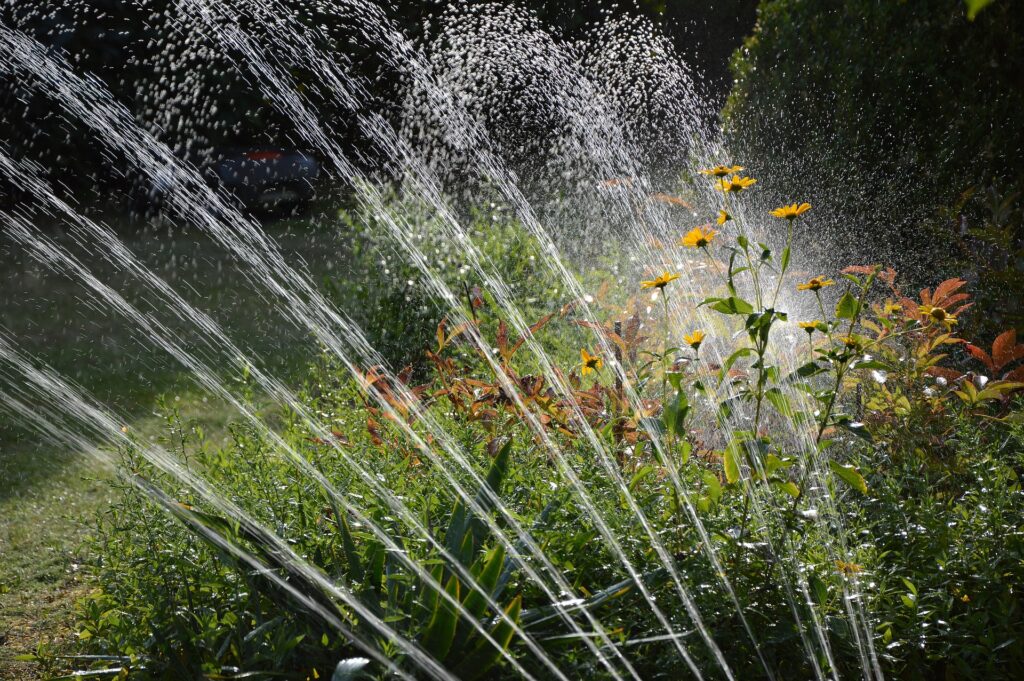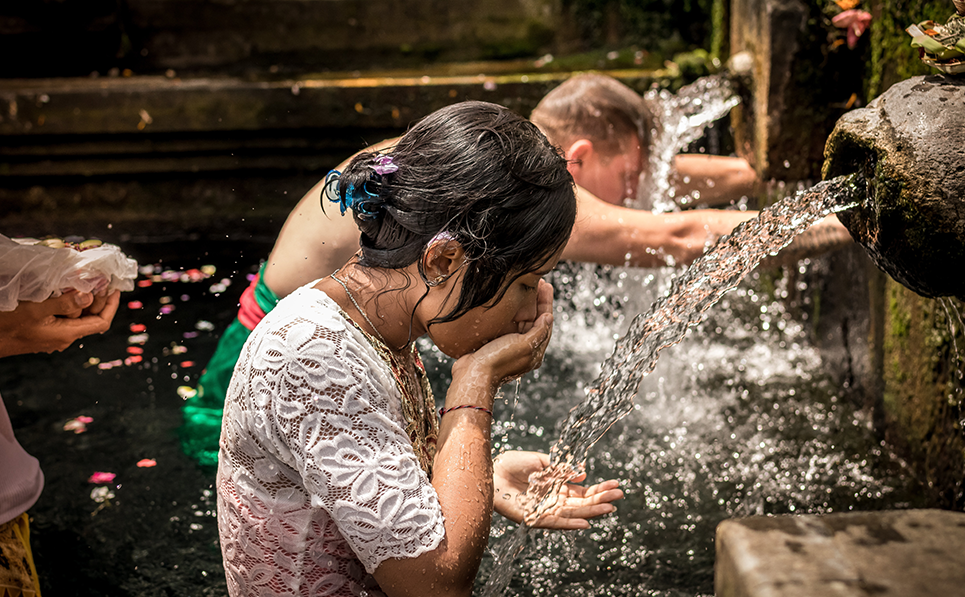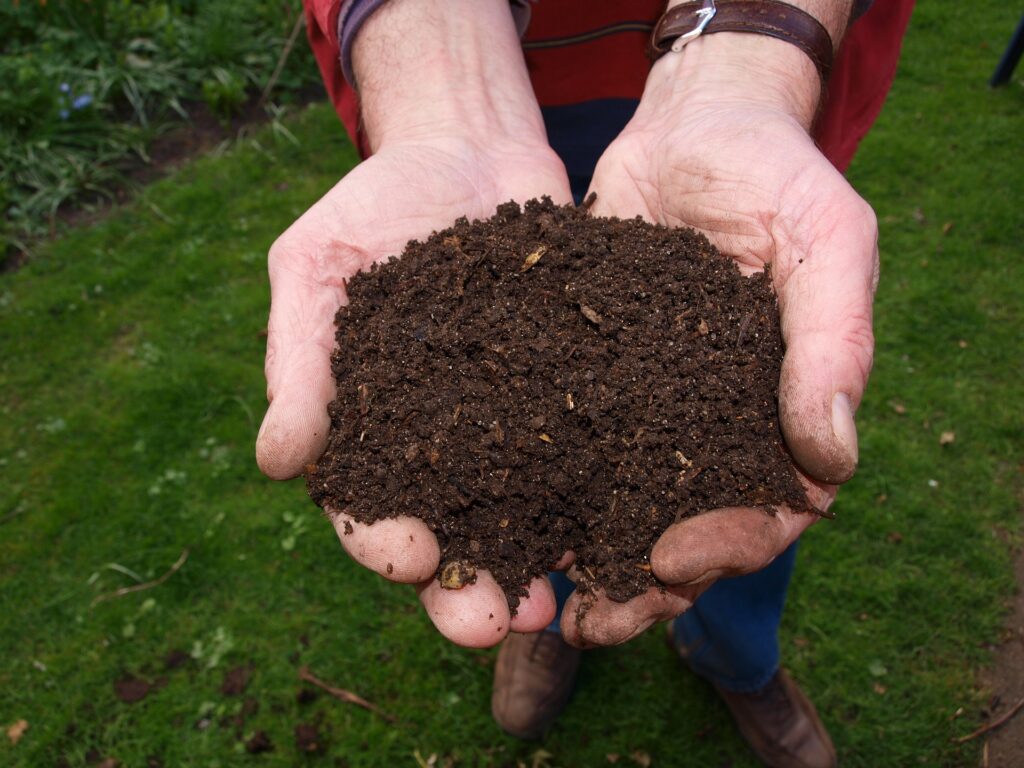With growing shortages of freshwater supplies, water reuse can turn waste into a valuable asset
Climate change and human activities have put pressure on freshwater resources, growing water scarcity. With increasing demand and decreasing supplies, barriers to the reuse of our effluents are progressively being overcome.
More and more industry leaders are developing infrastructure for water reuse, while experts predict that we are about to experience the golden decade of wastewater reuse.
We have long relied on nature to purify our drinking water: the evaporation and precipitation cycle is the natural form of distillation. Many microbial pathogens cannot survive in the cold and dark of groundwater aquifers, making most groundwater safe for consumption.
However, these natural systems operate at their own pace and have been overwhelmed by the activities of a growing human population. Because of this, the benefits of water recycling are undeniable.

Non-potable Water Reuse
In non-potable reuse, effluents are collected, treated, and used for applications that do not require quality drinking water.
For example, the city of Santa Barbara, California, has a system of pipes that provide water for garden irrigation in parks, schools, golf courses, the zoo, homeowners associations, and retirement communities. It is also used to flush toilets, control dust, and clean sidewalks.
Hotel laundries have achieved millionaire savings by converting their system to water reuse. In New Mexico, the Hilton Santa Fe Buffalo Thunder reuses 500,000 GPD, using wastewater treated to greywater standards to irrigate its golf course.

Direct Reuse of Drinking Water
Direct drinking water reuse refers to the practice of treating water for use as drinking water without first releasing it into an environmental system. In this model, effluents are channeled to a wastewater treatment plant, then taken to a potable water network or sent to another facility for additional treatment.
In 2014, the city of Wichita Falls, Texas, established a direct drinking water reuse system with traditional effluent treatment, microfiltration, reverse osmosis, and ultraviolet disinfection.

Agricultural Reuse
Globally, 70% of the world’s freshwater resources are used for agriculture. In California, a producer in the Central Valley uses two-thirds the amount of water used by the entire city of Los Angeles.
Due to the high demand for water from agriculture and the growing population, along with the droughts that have affected the state, California has invested heavily in large water reuse projects and developed strict standards for agricultural reuse.

Industrial Reuse
Water is indispensable to many industries around the world for industrial processes, cooling, cleaning, and a seemingly endless list of uses. On-site water treatment and reuse can reduce freshwater withdrawals, increase available supply, and provide quality control.
Beyond the recycling of water produced by industry, governments in regions in India stressed by water and drought are demanding that local industry use treated and recycled municipal sewage water to alleviate the extraction of vital resources from surface and groundwater.

Resource Recovery
In the recovery of effluent resources, much attention is paid to the recovery of nutrients such as nitrogen and phosphorus for fertilizers, which are abundant in the effluents. There are biomedical uses for biodegradable plastics, adhesives, and enzymes recovered from effluents, and the recovery of various carbon-based materials such as biopolymers and PHAs may become commercially viable in the future.
Energy recovery in the form of biogas recovered from anaerobic digesters has already been used by the industry to drive processes and reduce energy expenditure.

In an age of uncertain water availability, it is clear that wastewater has become too valuable an asset to be wasted. Get in touch with the reuse experts at Bclear to get the most out of every drop of your water resources.